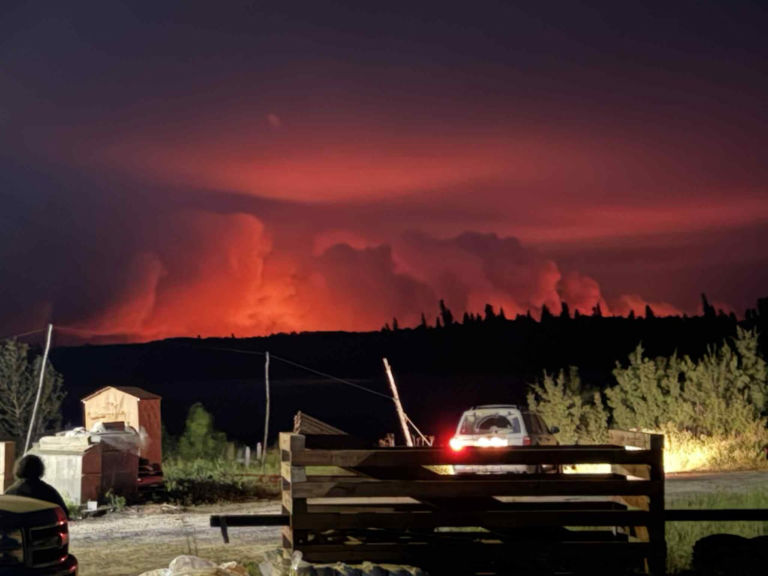In the wake of prolonged power outages across Northwestern Ontario, a humanitarian emergency has silently unfolded in remote First Nations communities where tons of food are spoiling in freezers and refrigerators. With temperatures soaring above seasonal norms, essential food supplies—many painstakingly harvested or purchased at premium prices due to remote locations—are being lost at an alarming rate, pushing already vulnerable communities toward a full-blown food security crisis.
“We’re seeing families who spent their entire summer hunting and fishing lose everything they stored for winter,” said Carolyn Scorah, communications director for True North Aid, one of several organizations mobilizing emergency support. “When the nearest grocery store is a plane ride away and food costs three to four times what urban Canadians pay, this isn’t just an inconvenience—it’s catastrophic.”
The power disruptions, triggered by a combination of severe weather events and aging infrastructure, have affected approximately 24 First Nations communities across the region. In areas where many residents rely on traditional food harvesting supplemented by expensive store-bought items, the mass spoilage represents not just a financial blow but a cultural and nutritional one as well.
According to Canada News reports, several Indigenous-led organizations have launched coordinated relief efforts, establishing collection points in Thunder Bay, Sioux Lookout, and Dryden for food donations. However, logistical challenges remain significant, with many affected communities accessible only by air or seasonal ice roads.
“The timing couldn’t be worse,” explained Thomas Beardy, emergency coordinator for Nishnawbe Aski Nation. “We’re approaching the season when fresh food becomes even more difficult to access. Many families have lost not only their current food supplies but the safety net they carefully prepared for winter months.”
Federal and provincial authorities have acknowledged the crisis, with Indigenous Services Canada pledging emergency funding for immediate relief. However, community leaders emphasize that the current situation exposes deeper, systemic issues regarding northern infrastructure and food security that require comprehensive solutions.
“This isn’t just about replacing what was lost,” said Chief Walter Naveau of Mattagami First Nation. “This is about addressing why our communities remain so vulnerable to these disruptions in the first place. Modern infrastructure and food security shouldn’t be luxuries in Canada.”
The crisis has prompted unusual cooperation among diverse aid organizations, with food banks, religious charities, and Indigenous advocacy groups creating a coalition to maximize relief efforts. These organizations are not only collecting shelf-stable foods but also raising funds to help communities replenish traditional foods through supported hunting and gathering initiatives.
Health officials have expressed concern about the nutritional implications of the crisis, particularly for elders, pregnant women, and those with medical conditions requiring specific diets. Without swift intervention, medical complications related to dietary disruptions could create a secondary health emergency in communities already facing limited healthcare access.
As temperatures begin to drop across Northern Ontario, the race against time intensifies. Community freezers typically filled with wild game, fish, and berries now sit empty, raising serious questions about how these communities will sustain themselves through the approaching winter.
How will Canada reconcile its identity as a wealthy G7 nation with the recurring food insecurity crises affecting its Indigenous communities, and what fundamental changes to infrastructure and supply chains might finally prevent similar emergencies in the future?
























